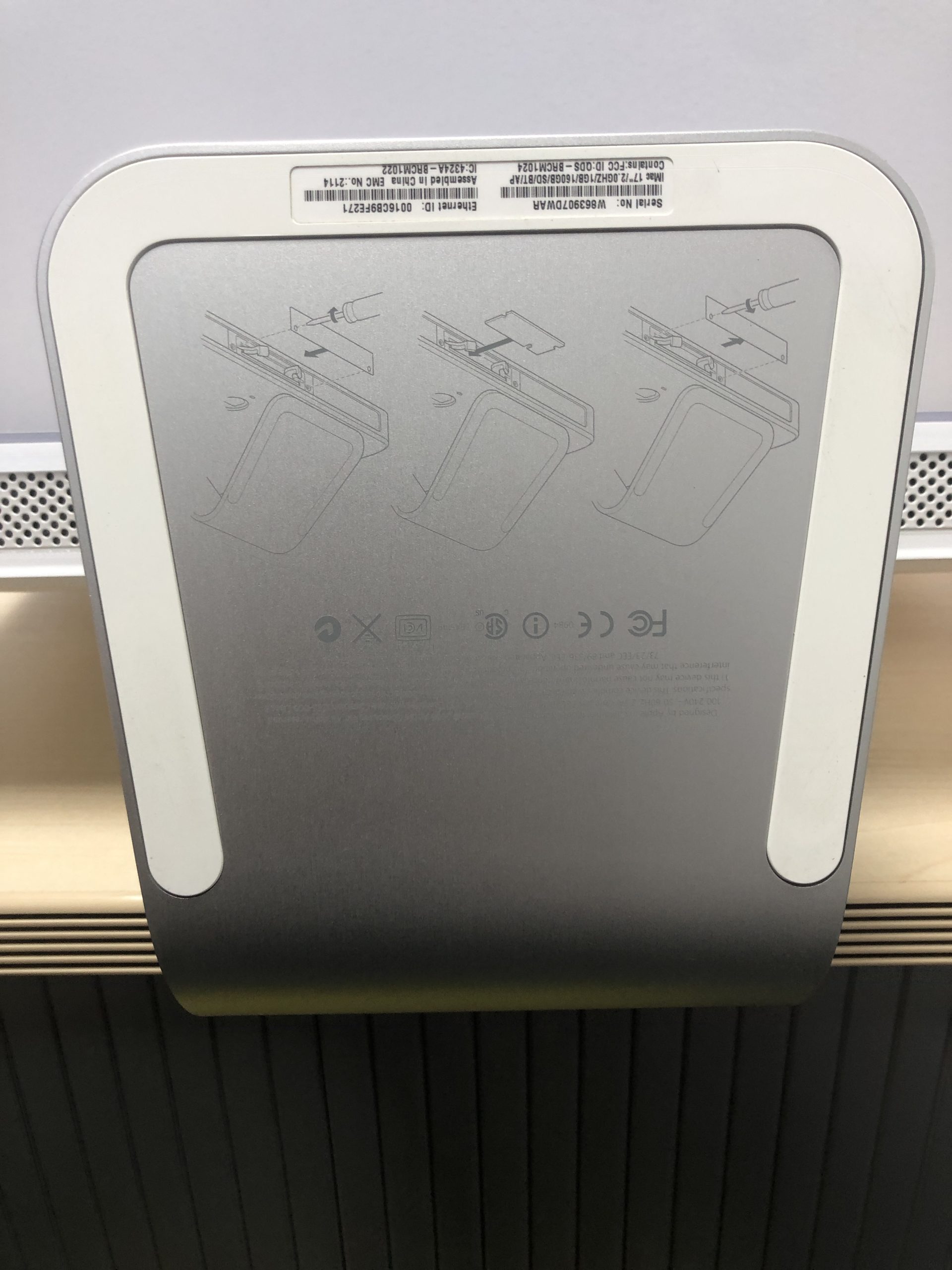Suspecting a Virus on Your Windows 10 Laptop? Here’s What You Can Do
If you’ve noticed your Windows 10 laptop running hotter than usual and experiencing a rapid decline in disk space, you might be dealing with a hidden virus or malware. Recently, a user shared their concerns regarding these symptoms, highlighting a pressing issue many face in our digital age. Let’s delve into this situation and explore effective steps you can take to combat potential threats.
Recognizing the Signs of Malware
Over the past month, this user observed worrying changes: a noticeable increase in system temperature, a loss of approximately 2 GB of disk space each day, and a general decline in performance. These red flags suggest there might be malicious software at work, especially when no recent suspicious downloads or installations have occurred.
Scanning for Viruses: What You Can Do
The user took proactive measures by running multiple full system scans using Malwarebytes and Windows Defender. Unfortunately, neither tool identified the issue. When scanning in Safe Mode, they encountered another obstacle: Windows Defender was unable to start.
Next Steps to Consider
-
Run Alternative Antivirus Software: If traditional scans are failing, consider utilizing additional antivirus solutions. Programs such as Bitdefender, Kaspersky, or Norton can provide a different perspective and potentially identify threats that were previously overlooked.
-
Check for Unusual Programs: Navigate to your system’s Control Panel and review the list of installed programs. Look for any applications you do not recognize or that appear suspicious.
-
Use a Rootkit Scanner: Malware can sometimes hide from standard scans. Using a rootkit detector like TDSSKiller can help reveal any deeply embedded malicious code.
-
Disk Usage Analysis: Utilize tools like WinDirStat to visualize disk usage and identify any files or folders consuming space unexpectedly. This can help you zero in on possibly infected areas.
-
Clear Temporary Files: Regularly clear temporary files and cache using built-in Disk Cleanup or third-party tools like CCleaner. This not only frees up space but can also remove malware lurking in temporary folders.
-
Update Your Operating System: Ensure that you have the latest security updates installed. Regular updates include patches that address vulnerabilities that malware can exploit.
-
Seek Expert Help: If these measures don’t bring resolution, consider taking your laptop to a professional technician. They have advanced tools and the expertise needed to thoroughly diagnose and eliminate infections.
Share this content:



